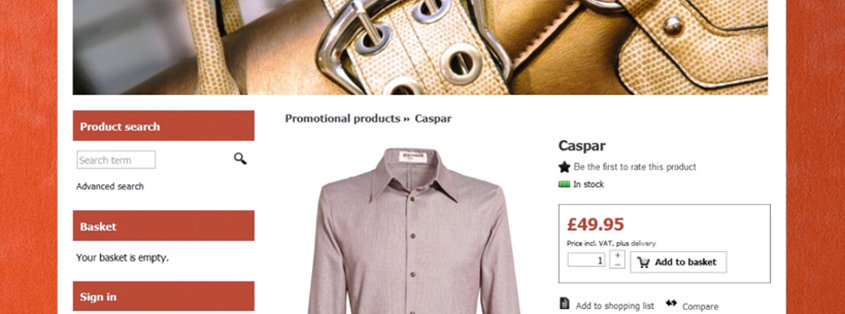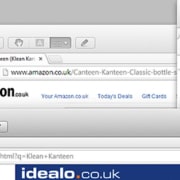Increase your revenue with up-selling and cross-selling
Up-selling and cross-selling are the hook to present customers complementary or alternative products to what they are currently interested in. The cross-selling or upselling function works as a traditional and well-trained sales assistant: its goal is to suggest products or recommend similar items that complement the article already chosen by the customer.
Offline merchants have been doing this for a long time: you go to the supermarket, place your articles in the basket, approach the checkout and… what happens there? Loads of additional items call your attention while you wait in line until it’s your turn to pay – chewing gum, chocolates, batteries, etc. Anything that can increase your customer’s basket value!
What’s the difference between cross-selling and up-selling?
Cross-selling is the technique of promoting complementary items to the item chosen by the customers, while up-selling refers to offering customers an upgraded or premium version of a selected product. These strategies are often seen by customers as an additional service to their purchasing process. So it’s a win-win for both customer and business.
The great thing about up and cross selling is that you don’t have to be pushy, since the recommended products are common-sense purchases for people who are already looking for something similar.
Should you be up-selling or cross-selling?
Cross-selling is usually more effective when presented on the product pages, while up-selling is more effective right before the checkout. The idea, either way, is to make the customer spend more money than they originally thought they’d spend.
In many ways, cross-selling and up-selling are similar, since they both offer customers additional value compared to what they were initially looking for. But in fact, a successful cross-selling and up-selling technique should be able to show the customer the value that they will receive. Cross-selling shows this added value by providing additional or complementary products, while up-selling provides the customer the same products but those with a higher quality.
Both of these techniques aim to convince the customer about the benefits of making the whole purchase but it is up to your type of products and business to decide which one is better for your customers.
Where to up-sell and cross-sell in your online shop?
- On the product pages: here you can present complementary or additional products, but keep in mind that it is important that you always add value to the selected product. If I am considering buying a tent, I might also be interested in sleeping bags or other camping equipment.
- After the purchase: As you will be sending your customer a confirmation email after their purchase, how about sending a follow-up email to get their feedback about the product and to offer complementary product? In this case it doesn’t make much sense to offer premium or upselling products, since the customer has already purchased that item – so complementary products are always a good offer for after the purchase. Have you bought a laptop? Would you like a case for it?
Want to know more?
Get inspired on how to use these technics for your own business with these 6 effective cross-selling strategies. And if you want to learn how to implement these technics in your online shop, head to this article and read how to activate the auto cross-selling and the individual cross-selling functions.
ist Head of Marketing bei ePages.







Leave a Reply
Want to join the discussion?Feel free to contribute!